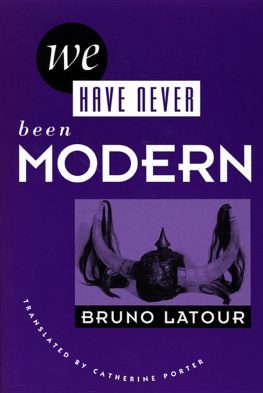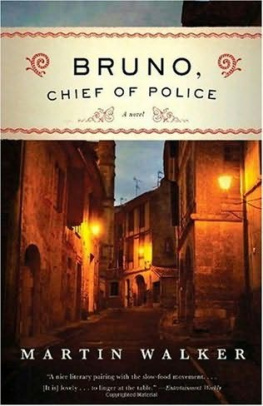Contents
Guide

To Professoressa Hilary Gatti and Avvocato Dario Guidi Federzoni
Contents
The translations are all my own. I have rendered vernacular verse in equivalent English iambics, matching Brunos rhyme scheme wherever possible and also matching his short lines. Latin hexameters are rendered in a rough English equivalent (as in The Charge of the Light Brigade) that bases meter on stress accent rather than vowel quantity.
February 17 marks a peculiarly Roman holiday whose ritual centers on the bronze statue of a hooded friar. Just over life size, clutching a book in manacled hands, he glowers over the marketplace of Campo de Fiori, the Field of Flowers that was also, for many years, one of the citys execution grounds. The statue was meant to point in the opposite direction, facing the sun, but a last-minute decision by the City Council of Rome in 1889 turned it around to face the Vatican, which had complained that the original placement was disrespectful. Because of this change in position, the friars face is always shadowed, so that he looks more melancholy than defiant. But then, he is a man condemned to die by burning at the stake; he has every reason to be melancholy.
For at least five hundred years, Roman statues have been champions of free speech; three blocks from the Campo de Fiori, an ancient marble wreck of two torsos and a noseless head named Mastro Pasquino has been papered with acid comments on Roman life ever since the first years of the sixteenth century. From satires of the Borgia pope, Alexander VI, he has moved on to hurling invectives against the current prime minister, and for many years a spray-painted feminist graffito on his base proclaimed him Pasquina.
Down the street in the other direction, a togaed ancient Roman called Abbot Luigi (Abate Luigi) has been talking nearly as long as Pasquino; the removal of his grizzled old head by a thief in the 1970s failed to stop his chatter, and he has long since been recapitated with the portrait of some other stern old senator, one no less pleased to speak his mind without inhibition to latter-day Romans. The friar in the Campo de Fiori makes a worthy companion to this vocal pair, and to their more distant colleagues Madama Lucrezia and Marforio, both of whom, sadly, have been dumbstruck by modern life: Madama Lucrezia may have begun as the cult image of Isis in ancient Romes most elaborate Egyptian temple, but she now lords it over a bus stop in Piazza Venezia, while handsome Marforio, a strapping Roman river god, is shut up in the Capitoline Museum, where no one can reach him any longer to give him a paper voice. Instead, Giordano Bruno, the friar of Campo de Fiori, must now speak for them both. And he does, in letters of bronze on his granite pedestal: To Bruno, from the generation he foresaw, here, where the pyre burned.
That generation, the first student generation of the newly created Italian state, commissioned the statue in the 1880s from the sculptor Ettore Ferrari, supported by an international subscription campaign. Italys formation had hinged on seizing political control of Rome and its territories from the governmental dominion of the papacy, and hence the monument to Bruno thumbed its nose at the pope with spectacular impudence by paying tribute to one of the Inquisitions most illustrious victimsand reminded the Vatican just why this new Italy had chosen so eagerly to become a secular state.
The Roman students chose Bruno as their patron martyr not only for his bravery but also for his ideas; more boldly than anyone in his age, including Kepler and Galileo, he had declared that the universe was made of atoms and that it was infinite in size. His violent, public death for those convictions showed the Catholic Church in its most cruelly repressive light, for Bruno had not been a political man, nor had he committed any crime except to speak his mind. For the students of a new Italy and a newly independent Rome, the statue was meant to prove that ideas can and must prevail over the attempt to stifle them.
To this day, then, on the morning of February 17, a contingent from City Hall places a wreath at the bronze Brunos feet, its laurel leaves draped in red and gold ribbons, the initials SPQR embossed in gold letters. By laying a wreath at Brunos feet, the mayor of Rome continues to assert the modern citys independence from a temporal Church. The process usually displaces an early drinker or two, and as floral offerings pile up around the wreath, together with poems, candles, and invectives, they stay displaced. Late in the afternoon, when the market stalls have been taken down and squirreled away in side streets, the Italian Association of Free Thinkers sets up a microphone at Brunos feet; meanwhile, the atheists and the pantheists, carefully separated from each other, lay out their tables of books and leaflets on opposite sides of the piazza. In between them, the Free Thinkers guard their microphone jealously, wresting it in turn from the man in the sandwich board who claims to be Giordano Bruno incarnate, from the tipplers who use the statues base as a convenient perch, from the students, artists, and enthusiasts who thinkwrongly, as it turns outthat free thought implies free speech. This microphone is only for organizations, the Free Thinkers declare to all their competitors for the space beneath Giordanos lowering gaze: the Masons, the atheists, and the pantheists, all of whom claim the hooded friar as their very own spiritual leader. Brooding and silent above the fray, steadfast above the dispute between the believers in no god and the believers in all gods, the bronze Giordano Bruno glares at the distant Vatican, which put the real Giordano Bruno to death here in the Campo de Fiori on February 17, 1600, for obstinate and pertinacious heresy.
By evening, Ettore Ferraris statue will be covered with offerings, as if Giordano Bruno were a miracle-working saint rather than a condemned heretic.
Since the statues dedication, Brunos reputation has undergone several new transformations. If late-nineteenth-century Italians saw him as an apostle of modern science, a pair of mid-twentieth-century scholars at the Warburg Institute in London, Frances Yates and D. P. Walker, recast him as a religious reformer, a mystic, and a practitioner of magic; Giovanni Aquilecchia, their younger contemporary in London, waited years to see Bruno the magician give way to more general acceptance of his own view of Bruno as a philosopher. However diverse their portraits of Bruno, Yates and Aquilecchia were both remarkable writers and teachers who drew a surprisingly wide range of new readers to the Italian heretic. In the mid-1980s, Bruno was still regarded as a marginal figure, and only a handful of books had been dedicated to him since the great burst of interest in the late nineteenth century; a decade later, Giordano had acquired his own periodical, Bruniana & Campanelliana, several institutions (including a convent of Dominican nuns in Utrecht) bearing his name, and a remarkable degree of public interest that culminated in widespread commemorations of the four hundredth anniversary of his deathwhich coincided, by a four-hundred-year-old design, with the great jubilee proclaimed for the Catholic Church by Pope John Paul II. (Brunos burning had been deliberately set by Pope Clement VIII for the jubilee of 1600.) In recent years, the people who leave flowers on the statue in Campo de Fiori (and not only on February 17) come from around the world. Their interests in Bruno range as widely as his own writings, from pragmatic observation to rapturous mysticism, from appreciation of his complex prose to uncomplicated admiration for his courage in the defense of free thought.


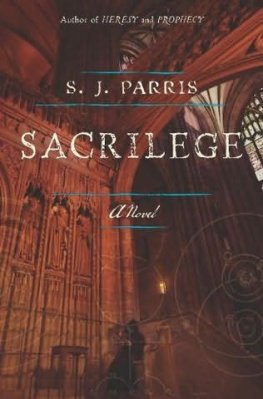
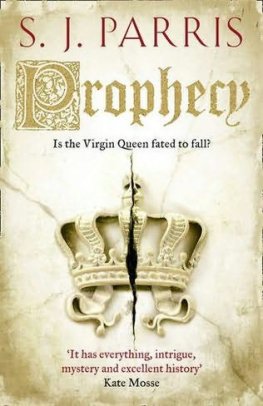

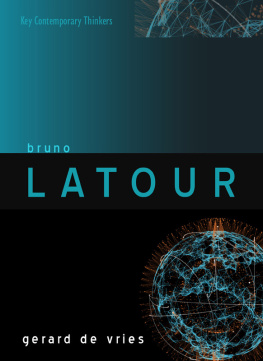
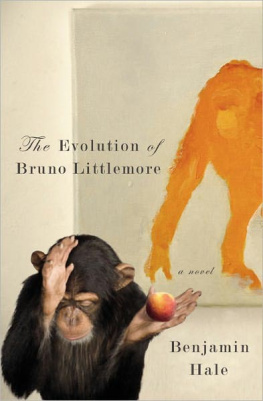
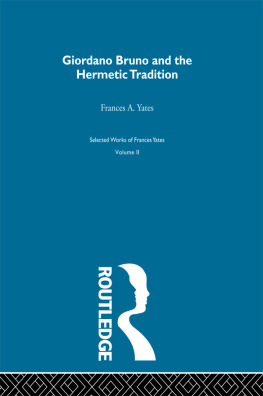
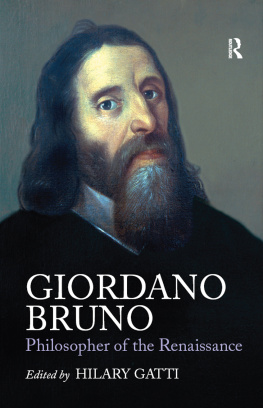
![Bruno Skvorc [Bruno Skvorc] - Build Your First Ethereum DApp](/uploads/posts/book/119691/thumbs/bruno-skvorc-bruno-skvorc-build-your-first.jpg)
